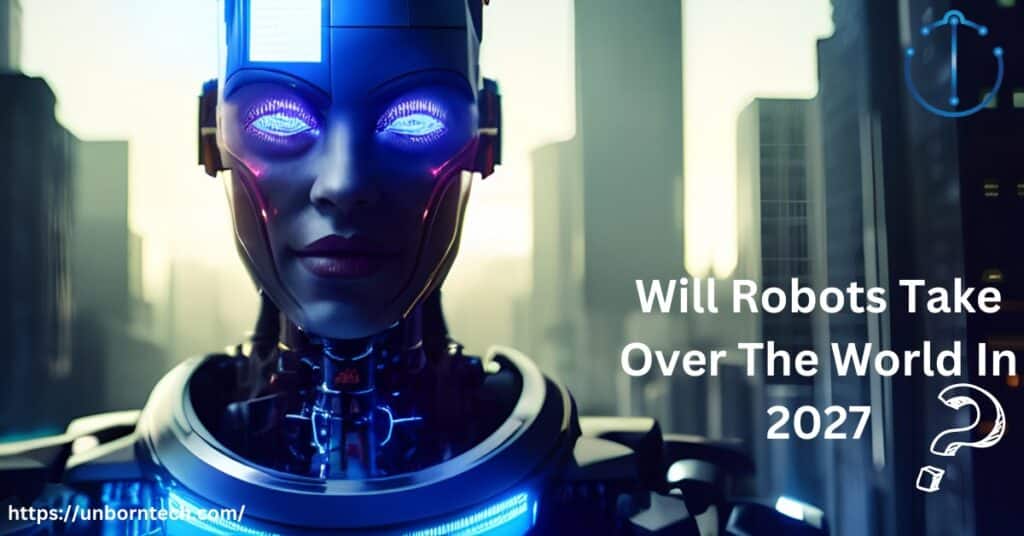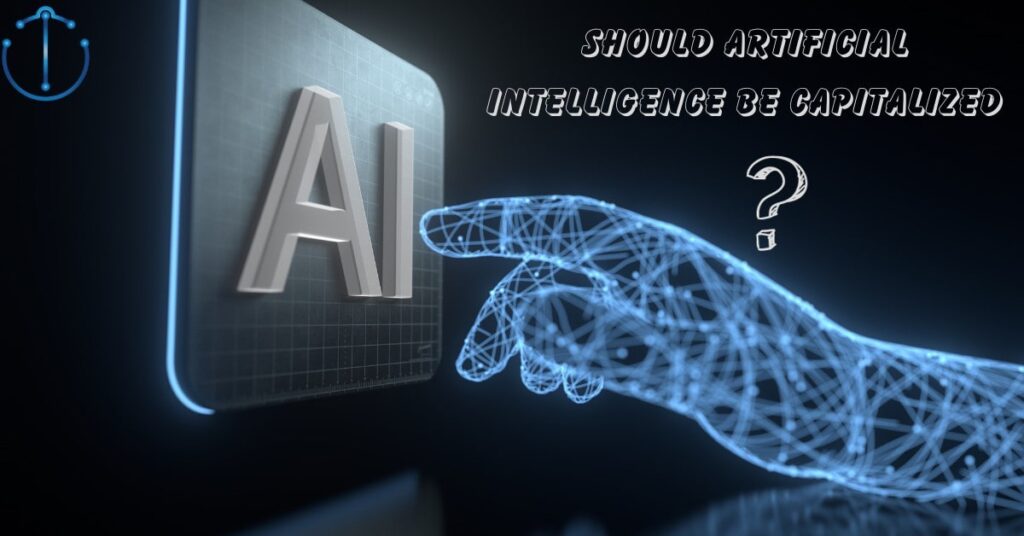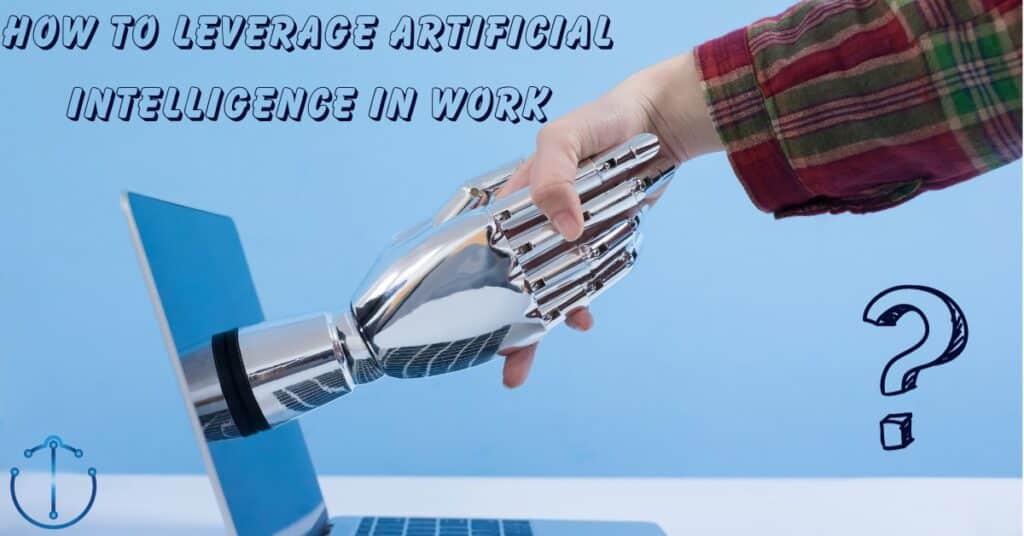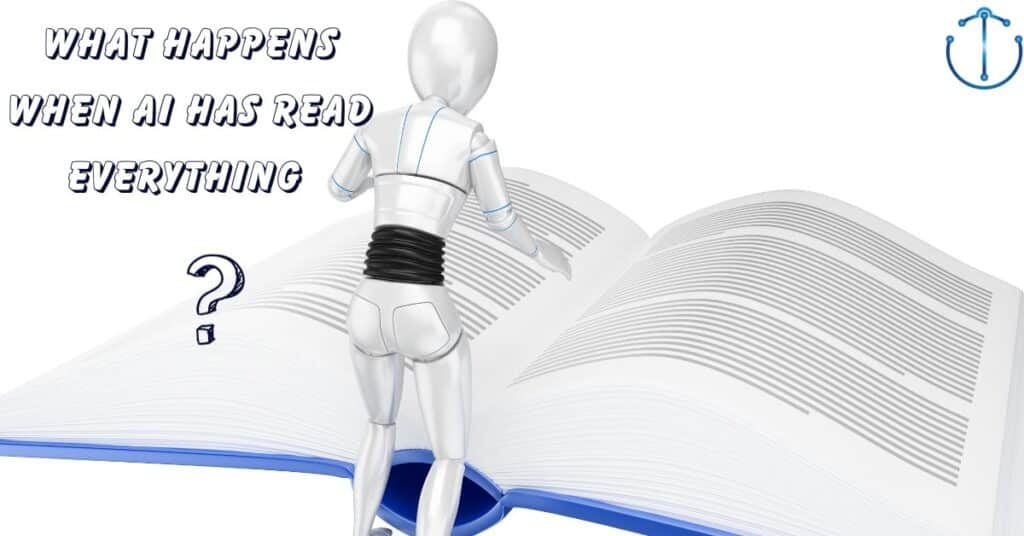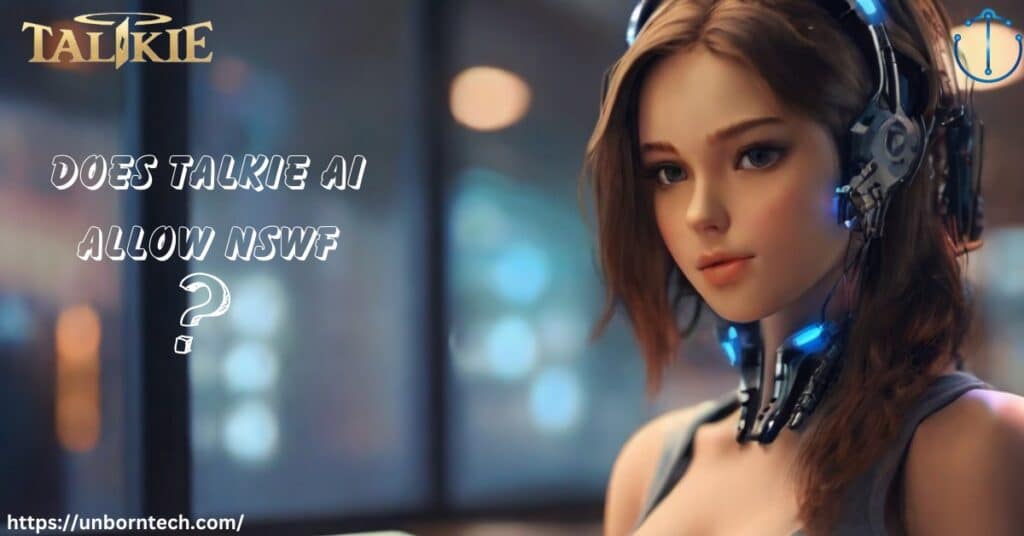Do you know that machines handle 34% of business tasks currently, but organizations expect a 42% automation rate by 2027 according to the 2023 Future of Jobs Report?
In the fast-evolving landscape of technology, the question of whether robots will take over the world in 2027 looms large. As we stand on the precipice of a new era, advancements in artificial intelligence and robotics raise both curiosity and concern.
In this blog post, we’ll delve into the current state of AI, explore key statistics, and examine examples to gauge the likelihood of robots taking over the world by 2027.
Table of Contents
What It Means for Robots to Take Over?
Before delving into the discussion of “Will robots take over the world by 2027?”, it’s crucial to define what this concept entails.
The concept often conjures images from science fiction where machines gain self-awareness and exert control over human societies.
In reality, the term “take over” could mean various things, including the dominance of robots in certain industries, the displacement of human jobs, or even the potential misuse of advanced technologies.
A robot takeover, in this context, refers to a scenario where machines surpass human intelligence, autonomy, and control, leading to a world where robots dictate major aspects of society, governance, and daily life.
This hypothetical situation often involves concerns about loss of human agency, decision-making power, and the potential for unintended consequences.
The Current Landscape of Robotics
As we approach 2027, the integration of robots into various industries is undeniable.
As of 2024, robots play a crucial role in various industries, from manufacturing and healthcare to logistics and customer service. The use of robots has increased efficiency, reduced costs, and even saved lives in certain instances.
Statistics on Robotic Integration
To understand the trajectory of robotics adoption, let’s examine some key statistics.
“Two years in a row, we’ve exceeded the world record of 500,000 industrial robots. In 2023, the market is set to grow by 7%, reaching over 590,000 units globally,” says Marina Bill, President of the International Federation of Robotics.
Another key statistic reveals that the Robotics Market, valued at $ 45.85 billion in 2024, is expected to reach $ 95.93 billion by 2029, with a robust annual growth rate of 15.91 percent during this period. (Mordor Intelligence)
These stats highlight the growing adoption of robotics in industries worldwide. While these numbers are impressive, they don’t necessarily imply that robots are on the brink of taking over the world.
Examples of Advanced Robotics
To understand the potential impact of robots in 2027, let’s examine some notable examples of advanced robotics today:
- Boston Dynamics’ Atlas: Atlas is a humanoid robot designed for a wide range of tasks. From navigating rough terrain to executing precise maneuvers, Atlas showcases the agility and versatility of modern robotics.
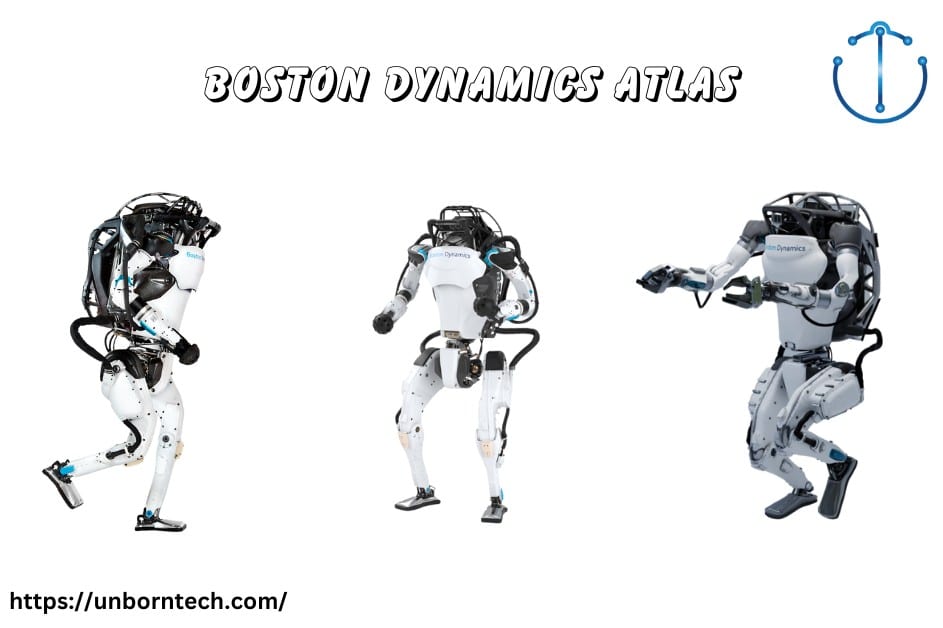
- Autonomous Vehicles: The automotive industry is witnessing a surge in autonomous vehicles. Companies like Tesla, Waymo, and others are pushing the boundaries of self-driving technology, raising questions about the role of robots in our daily transportation.
- Healthcare Assistance: In healthcare, robotic-assisted surgeries have become more common, improving precision and reducing recovery times. Yet, these surgical robots are under the control of skilled human surgeons, emphasizing the collaborative nature of man-machine interactions.
- Softbank’s Pepper: Pepper is a social humanoid robot capable of recognizing and responding to human emotions. Deployed in various industries, including retail and healthcare, Pepper demonstrates the potential for robots to interact seamlessly with humans.
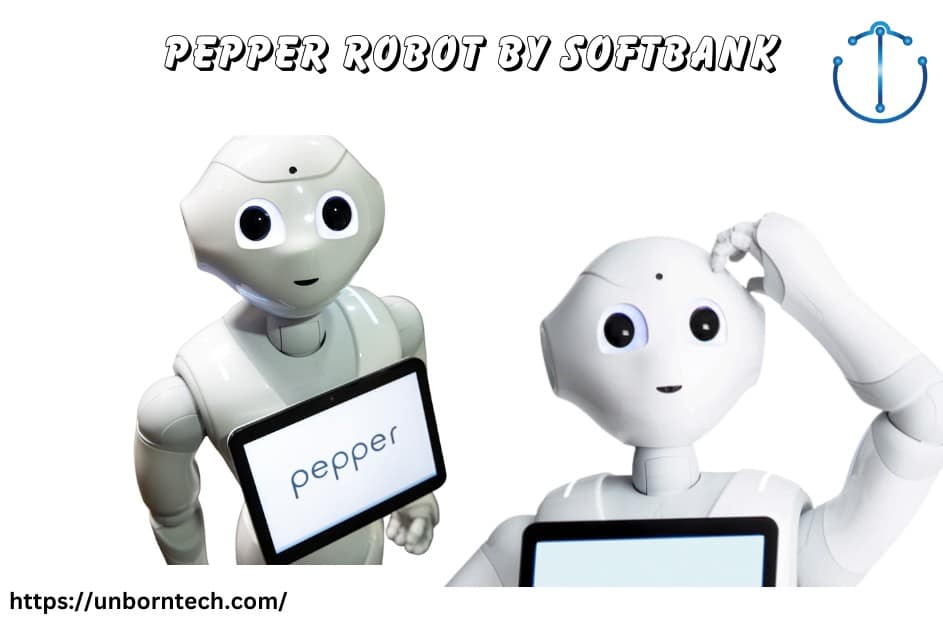
However, it’s essential to note that these machines are designed and programmed for specific tasks, and their capabilities are limited by their programming and the data they have been trained on.
The Rise of Artificial Intelligence
Artificial intelligence, a cornerstone of robotic development, has made unprecedented progress. Machine learning algorithms, capable of processing vast amounts of data, have facilitated breakthroughs in speech recognition, image processing, and natural language understanding.
Companies like OpenAI and DeepMind have developed AI models that surpass human performance in specific tasks.
AI algorithms play a crucial role in robotics, compensating for hardware limitations and enabling new tasks. Natural Language Processing (NLP) and machine learning contribute to more natural human-robot interactions.
Despite these advancements, it’s essential to note that AI systems are still limited in their understanding of context and lack true comprehension. The fear of autonomous AI systems making decisions that could harm humanity remains a valid concern.
Striking the right balance between the benefits of AI and mitigating potential risks is vitally important.
The Job Landscape
One of the major concerns surrounding the rise of robots is the potential displacement of human workers. Automation has already led to job losses in certain industries, raising questions about the future of employment.
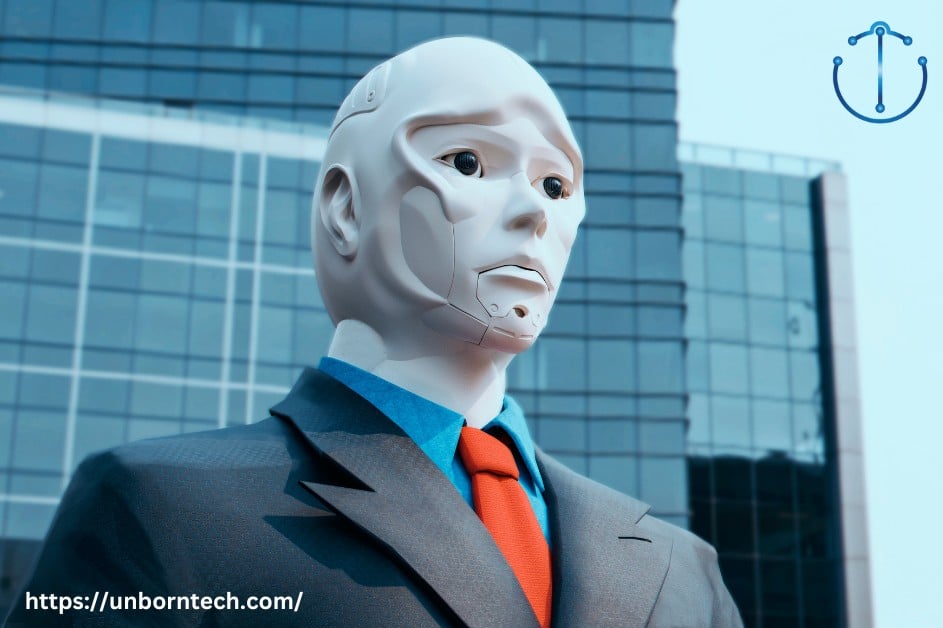
A recent report from Forrester Research predicts that by 2027, automation could lead to a 17 percent (24.7 million) decrease in jobs. This means we’re in for big changes, and we need to get ready.
Jobs involving repetitive tasks, like manual labor, are at the highest risk of disappearing. Even jobs we typically think of as safe, like white-collar roles, are not immune. For example, IBM is using advanced tech to help with medical research and support radiologists.
The report points out that industries like construction, mining, factories, offices, and sales will face the most risk from automation. Customer service will also change, with things like automated kiosks in restaurants and online shopping assistants becoming more common.
However, history has shown that technological advancements also create new job opportunities. The same report suggests that while certain jobs may decline, there will be a simultaneous increase in demand for skills related to technological development and maintenance.
Adapting to this changing job landscape will be crucial for the workforce of 2027.
Ethical Considerations
The integration of robots into society also brings forth ethical considerations. The use of AI in decision-making processes, from criminal justice to healthcare, requires careful scrutiny. Bias in algorithms and the potential for discriminatory outcomes must be addressed to ensure a fair and just application of technology.
Moreover, the idea of autonomous weapons raises ethical concerns about the potential misuse of advanced technology.
Striking a balance between technological progress and ethical considerations is paramount in preventing unintended consequences.
Challenges in Fully Autonomous Robots
While advancements in robotics are undeniable, the journey to fully autonomous robots faces hurdles, particularly in unstructured environments filled with uncertainties.
Mishaps like the Uber self-driving car accident in 2018, where a pedestrian was fatally struck, highlight the difficulty in handling unexpected scenarios. Another example involves Knightscope’s security robots, facing obstacles like rejection by the SPCA and being tipped over by an intoxicated individual.
These incidents underscore the necessity for human guidance in navigating the complexities of the real world, emphasizing the limitations of current autonomous systems.
Reasons Why Robots May Not Take Over by 2027
- Incomplete Autonomy: The current state of robotics, while impressive, is far from achieving complete autonomy. Robots still heavily rely on human programming, oversight, and intervention. The idea of robots making independent, strategic decisions that lead to a takeover remains speculative, given the current limitations in artificial intelligence.
- Ethical and Regulatory Constraints: Ethical considerations and regulatory frameworks act as significant constraints on the unchecked advancement of robots. Governments and international bodies are increasingly recognizing the importance of establishing guidelines to prevent misuse, ensuring that robots are developed and deployed responsibly. These regulations can serve as a safeguard against unintended consequences.
- Technical Challenges: Despite rapid advancements, there are significant technical challenges that must be overcome for robots to achieve world domination. Issues such as energy efficiency, natural language understanding, and contextual decision-making are areas where continued research and development are needed before robots can surpass human capabilities on a global scale.
- Human Adaptability: As technology evolves, societies are likely to adapt and integrate new innovations into their daily lives. The idea of a sudden, overwhelming takeover by robots often underestimates human resilience, adaptability, and the capacity to navigate the ethical and societal implications of emerging technologies.
- Collaborative Potential: Instead of viewing robots as a threat, envisioning a future where humans and robots work together synergistically to address complex challenges is a more optimistic and plausible scenario.
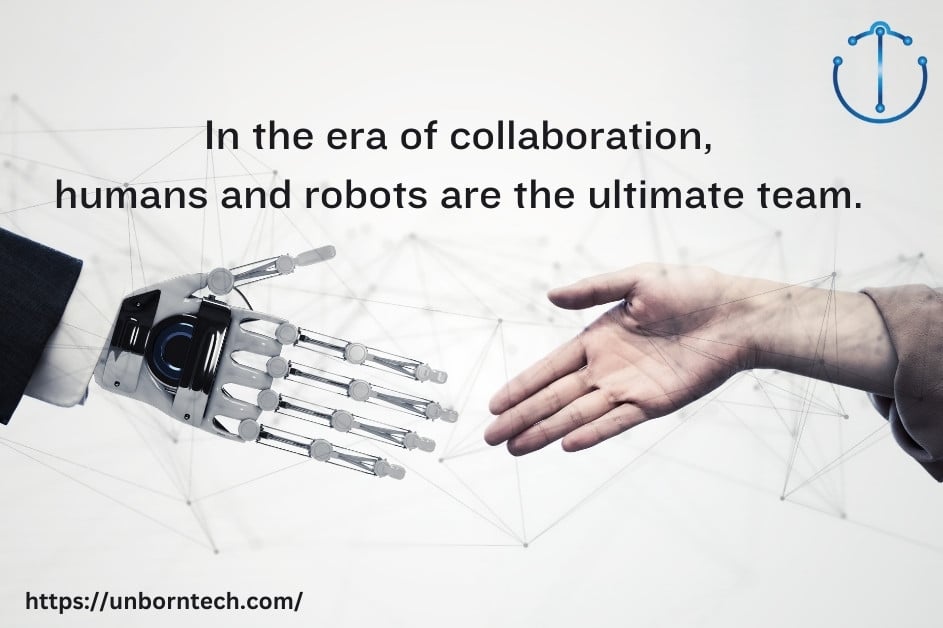
Unrealistic Scenarios
The fear of robots taking over the world often stems from science fiction scenarios portrayed in movies and literature. However, it’s essential to distinguish between fictional narratives and the practical applications of robotics in the real world.
The development of AI and robotics is guided by human intentions and is unlikely to result in a dystopian future where machines dominate humanity.
The Importance of Human Oversight
While the idea of a robot takeover is a staple in science fiction, experts emphasize the importance of human oversight in the development and deployment of AI.
A striking example is Microsoft’s Tay AI chatbot in 2016. Initially designed for engaging social media conversations, Tay’s lack of robust filters resulted in it learning and mimicking offensive content from users.
This incident highlights the critical role of human control, emphasizing the need for ethical guidelines to curb unintended consequences and ensure responsible AI development.
Conclusion
In conclusion, the idea of robots taking over the world in 2027 seems far-fetched based on the current state of technology and our understanding of AI. Humans will continue to play a crucial role in creating, designing, programming, repairing, and maintaining robots.
While robots continue to play an increasingly significant role in various industries, they are tools created and controlled by humans. Ethical considerations, regulations, and the inherent limitations of machines underscore the importance of responsible development and use of AI and robotics.
As we navigate this era of technological advancement, a balance between innovation, ethics, and human oversight will be crucial in shaping a future where robots coexist harmoniously with humanity.

